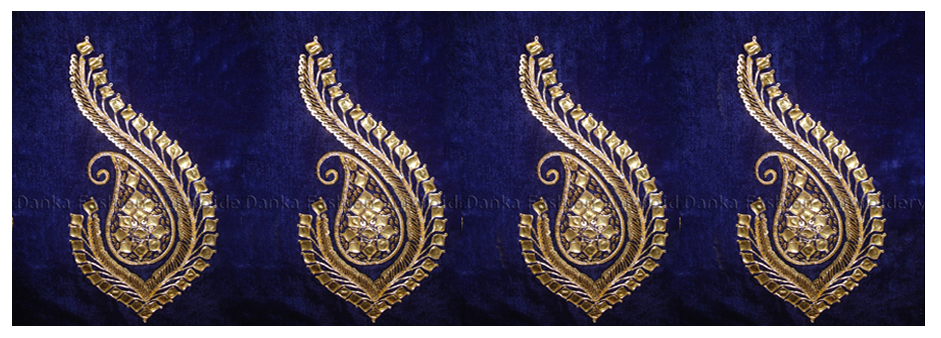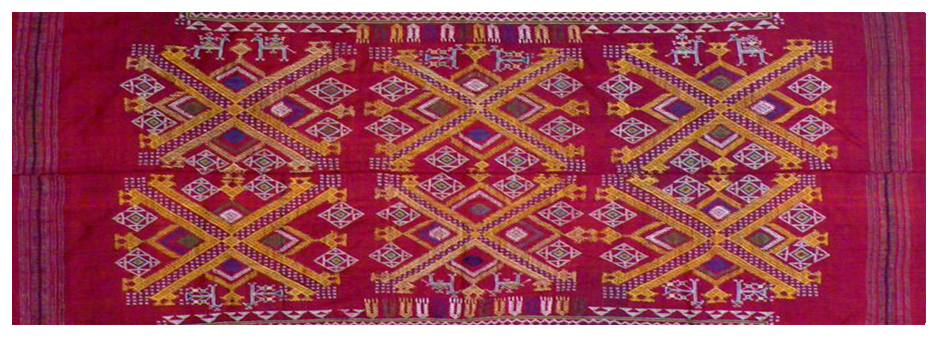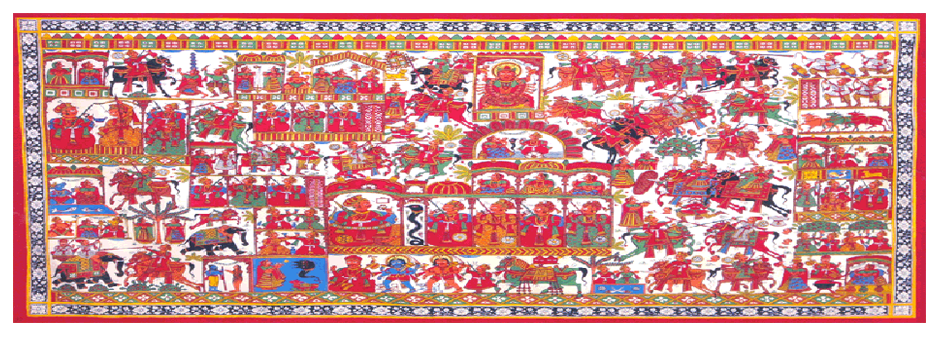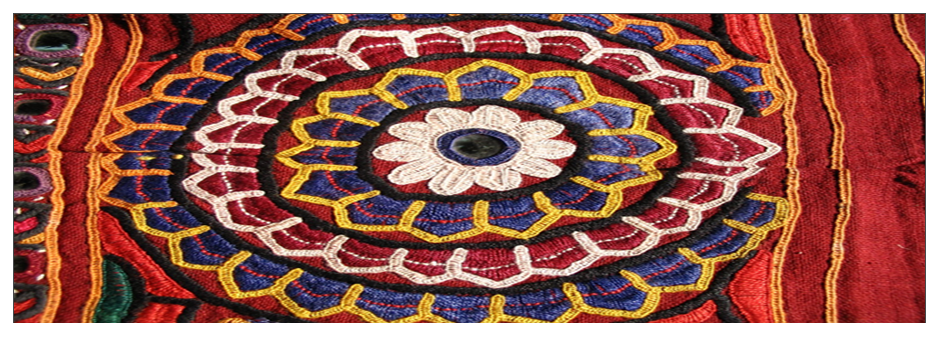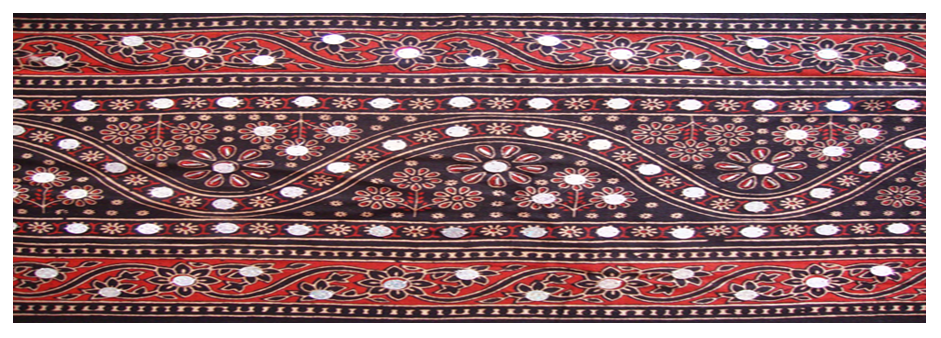..............


The glory of Rajasthan is associated with the bravery of its Rajput rulers, forts, and royalty but on the other hand it’s also associated with the production of color fabrics in the Maru-Gurjar tradition since ancient times. Their sense of color-aesthetics has led to the use of colors and motifs intended for different occasions. For example, the lehariya is a zigma pattern created in the tie-dye process that is specially worn in the monsoons while the phaganya odhni or mantle is intended for the spring festival of Holi. This website is began on this ambitious and important project, traveling to preselected villages and cities of tourism importance to record and document (via interviews, videotapes, and photographs) the textile not only within a historic, cultural, and folkloric context also in contemporary perspective.
With this website we tried to built a database of traditional and contemporary textile of Rajasthan. The objective behind this websiteis to preserve& promote the rich tradition of textile of Rajasthan State.

So far no relevant data in depth is documented or published on internet. There are regional variations too: in western Rajasthan, Garasia women wear Garasion ki phag, a veil with a yellow ground and red border, and a large round in the centre. Mina women wear dhaniya chunari while Gujar women prefer rati chunri, and a Malan wears a ghaghara or skirt of asmani, dhani and chakari farad or yardage. Weaver, dyer, printer, block-maker: all the craftsmen associated with the textile industry were, and are, highly skilled and have been producing fabrics and embellishing it for centuries.
The RajasthanTextiles.Com tried to cover the dyed, printed, woven, embroidered and every other form of textile including the textile Industries of Rajasthan.
We invite you to contribute your valuable knowledge, views and experiences to make it more rich and worthy not only for academicians, researchers, also for everyone who loves threads and colors.



